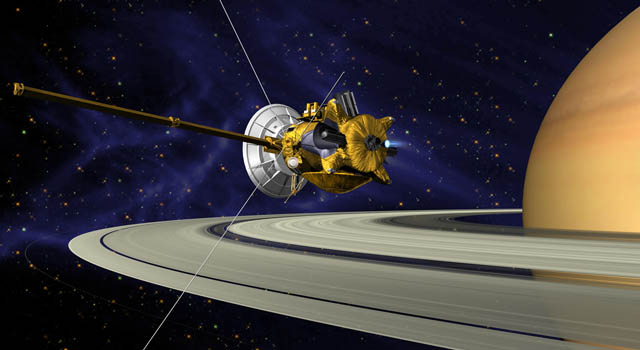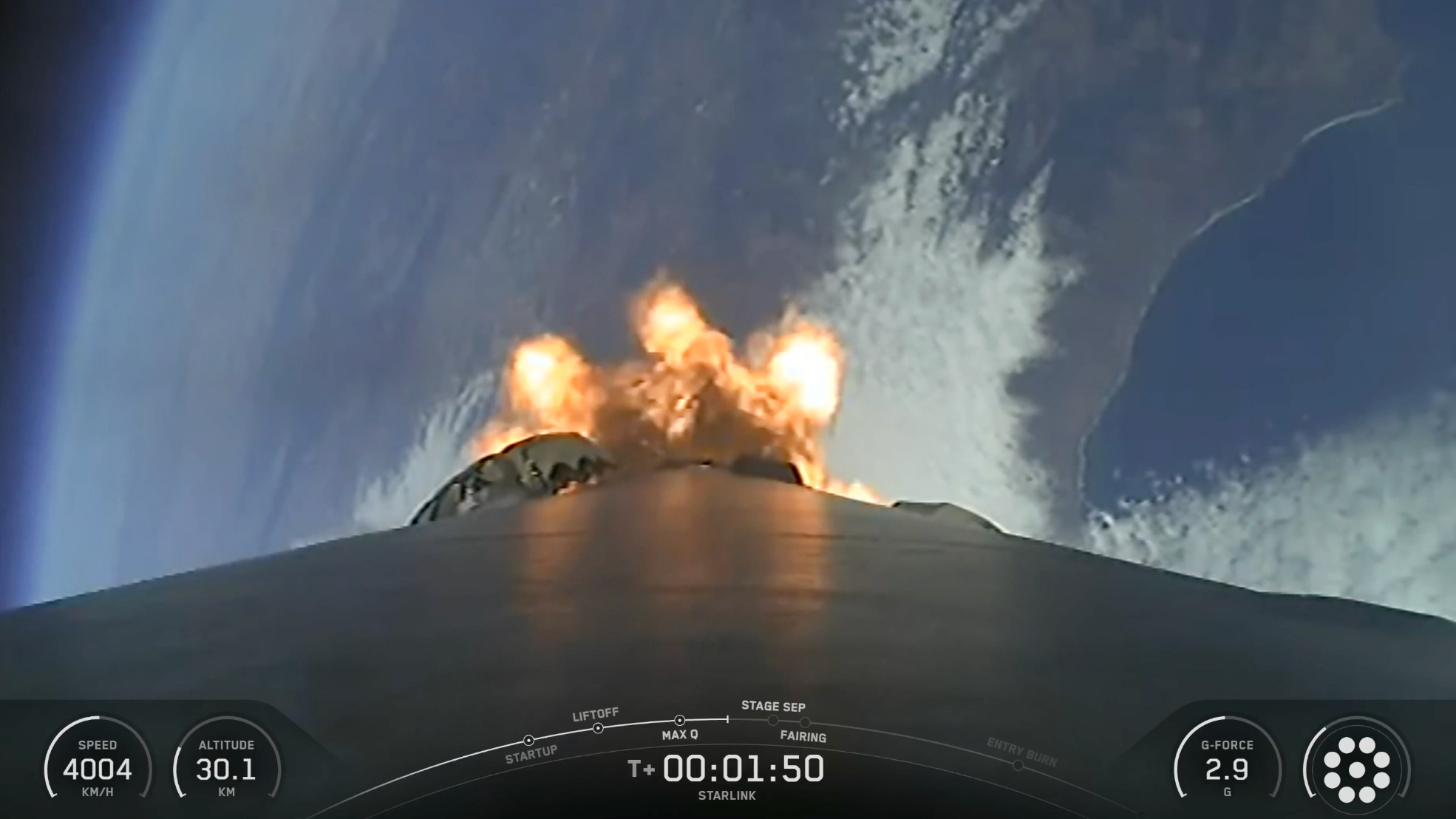Cassini Spacecraft at Saturn Has Minor Short Circuit, NASA Says

NASA engineers shut down part of the Cassini spacecraft at Saturn after an apparent short circuit in one of the 14-year-old probe's science instruments.
Cassini mission managers decided to stop using the Saturn probe's plasma spectrometer on Tuesday (June 14) following a series of unexpected voltage readings, NASA officials said Wednesday.
The problem began on May 1, when an unexpected voltage shift was detected, officials at NASA's Jet Propulsion Laboratory in Pasadena, Calif., said in a statement. That suggested a short circuit was at work, but when another event occured on June 11 it sugggested a second short circuit had occurred, they added.
At all times Cassini's instruments and engineering systems continued working normally. [Cassini Photos: Saturn's Rings and Moons]
"Analysis of telemetry data from the spacecraft by the engineering team pointed to the Cassini plasma spectrometer instrument as the cause of the voltage shifts," JPL officials said, adding that the instrument has an extra set of capacitors in its power lines to reduce signal noise. "The concern was that one or more of these capacitors may have short-circuited, which would cause the voltage to shift and explain the observed changes. Although the instrument was operating properly, engineers decided to turn it off as a precaution until the events could be better understood."
The plasma spectrometer is one of 12 instruments the Cassini uses to study Saturn. The instrument is used to measure the energy and electrical charge of particles around Saturn.
While Cassini's plasma spectrometer is offline, its 11 other instruments are expected to continue working normally.
Breaking space news, the latest updates on rocket launches, skywatching events and more!
"The plan is to resume normal plasma spectrometer operations after further analysis is completed to understand the cause of the issue better," JPL officials said.
NASA launched the Cassini spacecraft toward Saturn in 1997 and it arrived at the ringed planet in 2004. The orbiter has been circling the planet to study its rings and moons ever since. Cassini also carried the European Huygens lander to Saturn. The lander touched down on Titan, Saturn's largest moon, in 2005.
Cassini's mission was originally slated to end in 2008, but NASA has extended the Saturn flight twice, most recently until 2017. The Cassini mission is a cooperative effort by NASA, the European Space Agency and the Italian space agency.
You can follow SPACE.com Managing Editor Tariq Malik on Twitter @tariqjmalik. Follow SPACE.com for the latest in space science and exploration news on Twitter @Spacedotcom and on Facebook.
Join our Space Forums to keep talking space on the latest missions, night sky and more! And if you have a news tip, correction or comment, let us know at: community@space.com.

Tariq is the award-winning Editor-in-Chief of Space.com and joined the team in 2001. He covers human spaceflight, as well as skywatching and entertainment. He became Space.com's Editor-in-Chief in 2019. Before joining Space.com, Tariq was a staff reporter for The Los Angeles Times covering education and city beats in La Habra, Fullerton and Huntington Beach. He's a recipient of the 2022 Harry Kolcum Award for excellence in space reporting and the 2025 Space Pioneer Award from the National Space Society. He is an Eagle Scout and Space Camp alum with journalism degrees from the USC and NYU. You can find Tariq at Space.com and as the co-host to the This Week In Space podcast on the TWiT network. To see his latest project, you can follow Tariq on Twitter @tariqjmalik.
